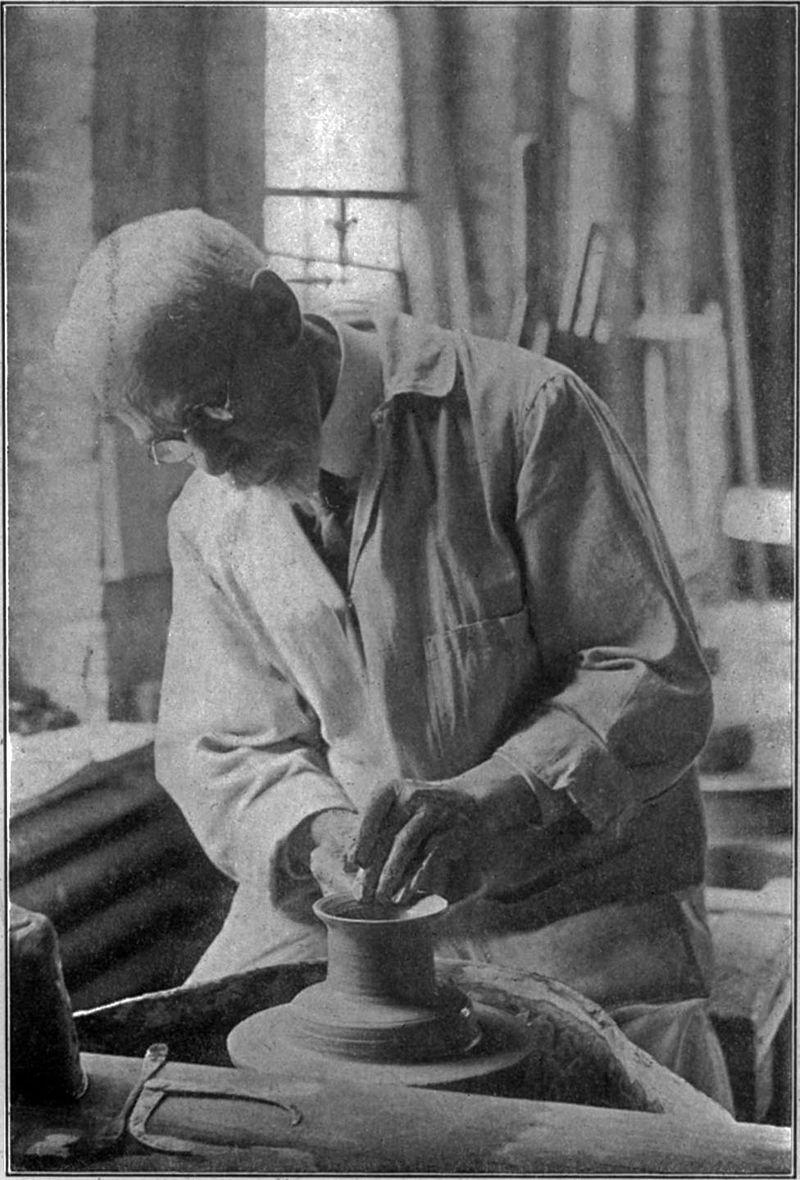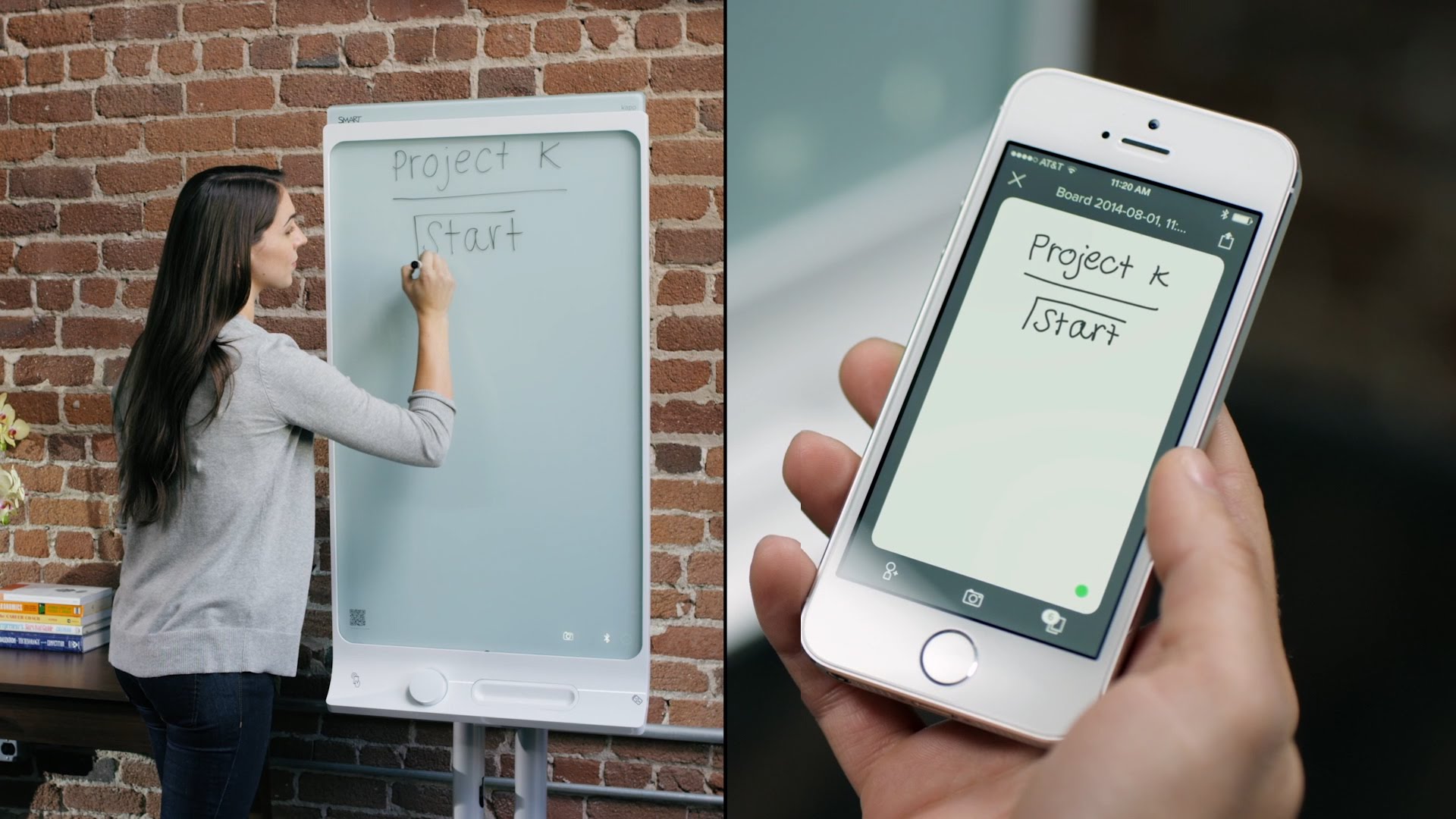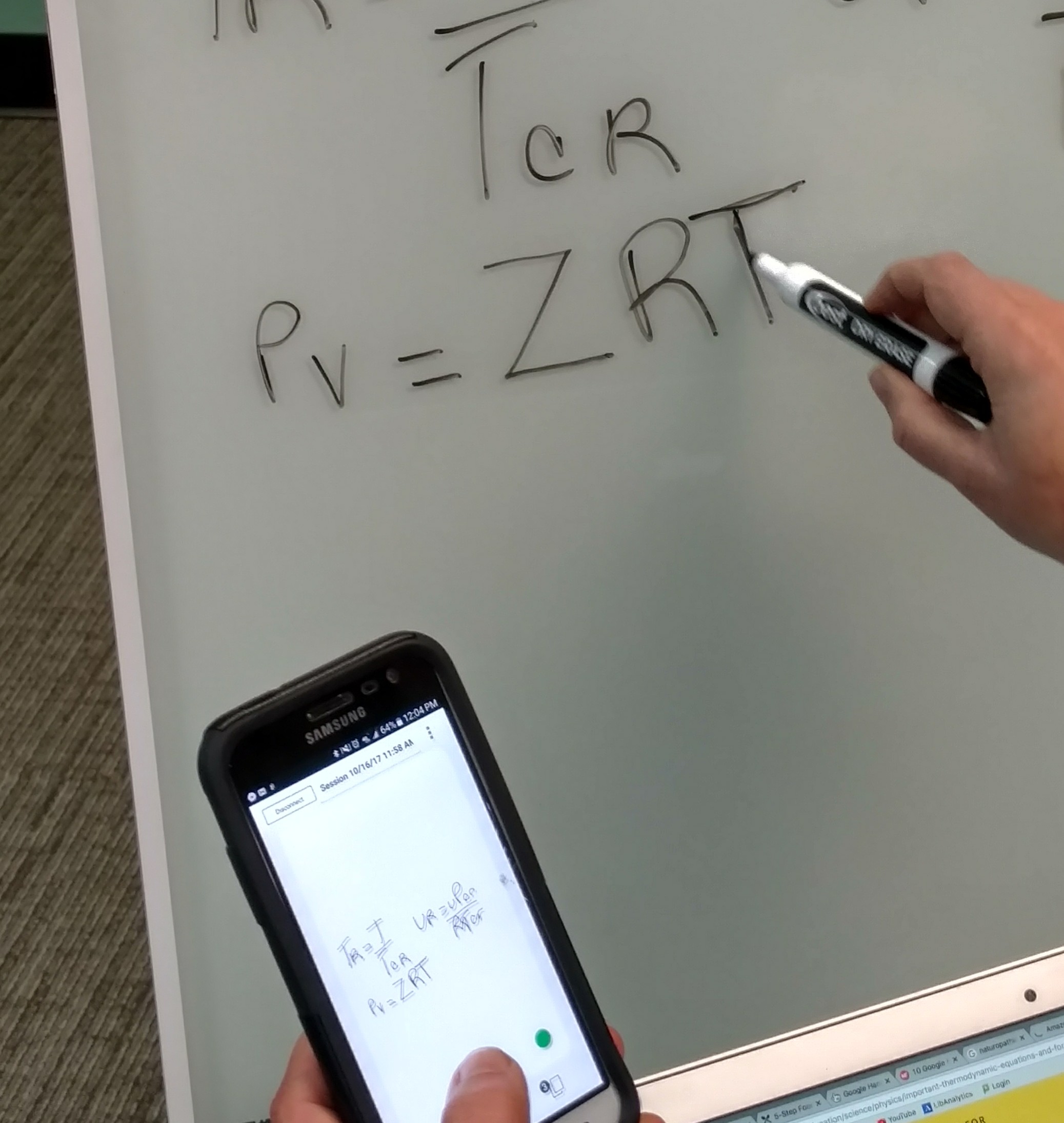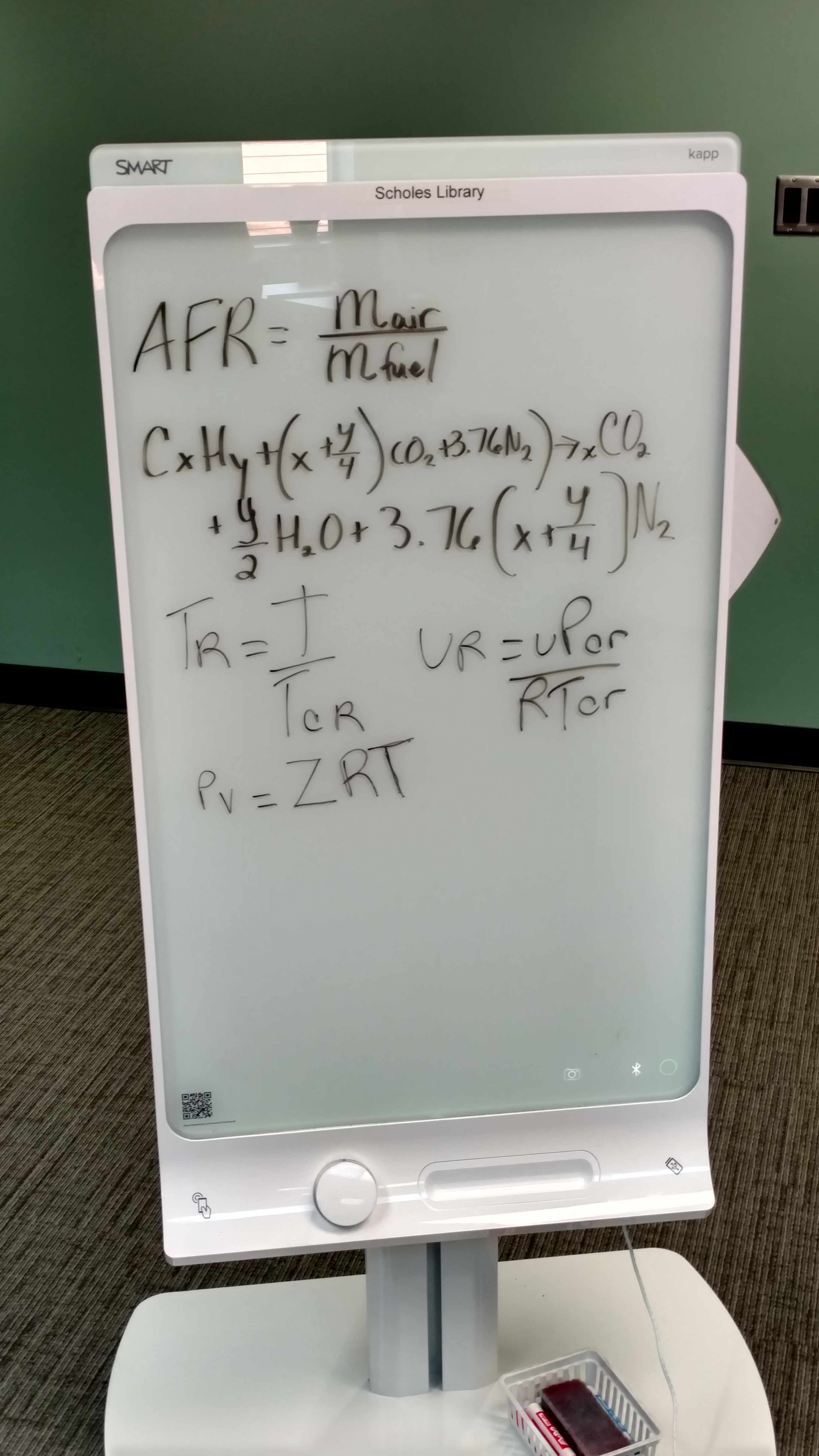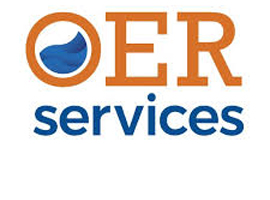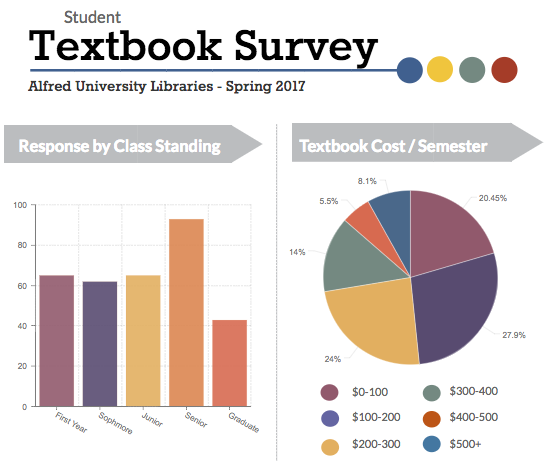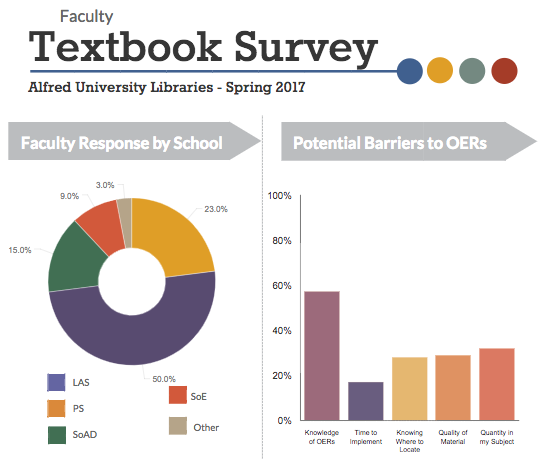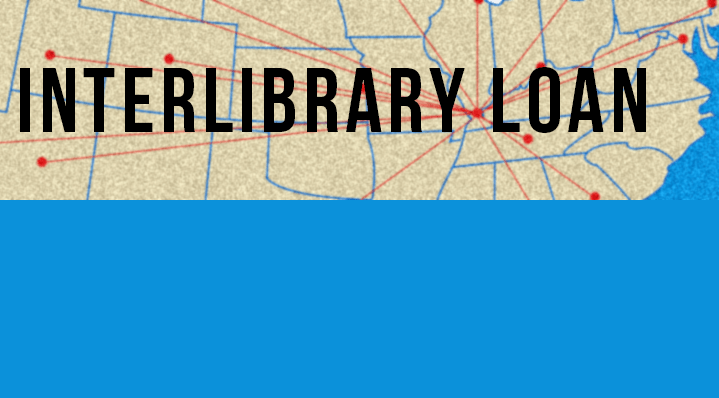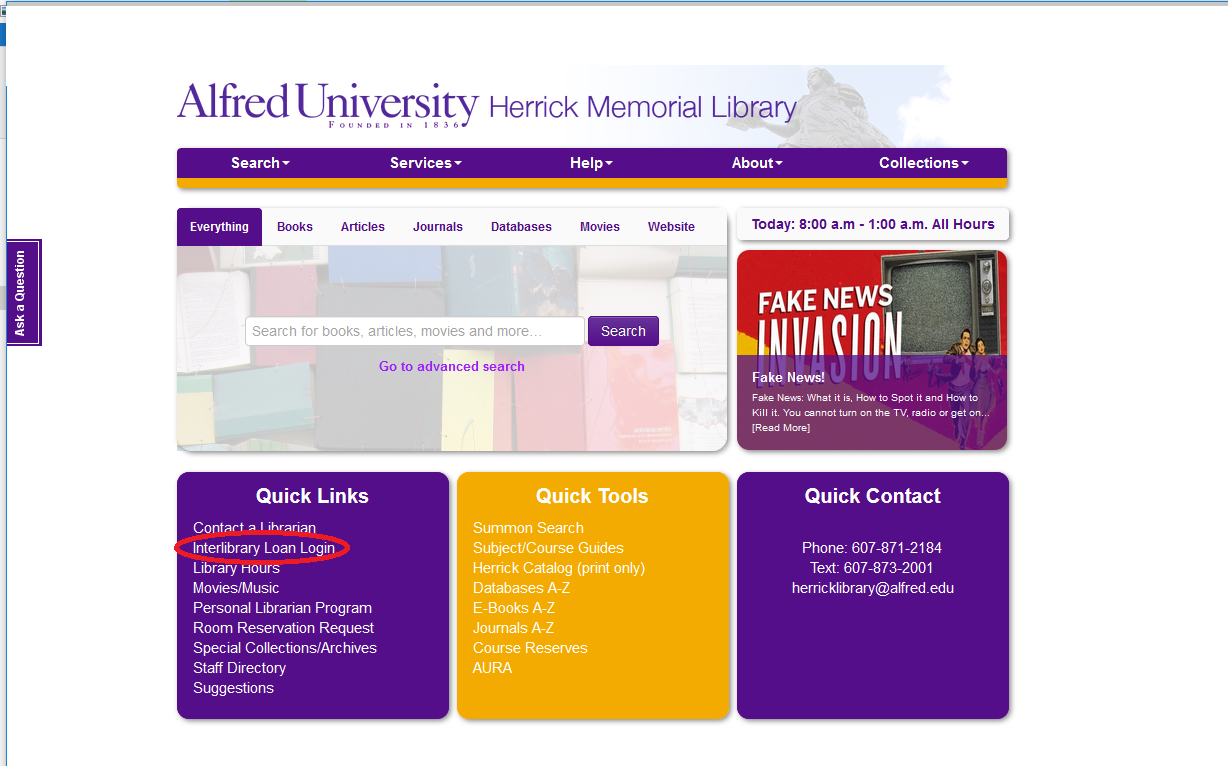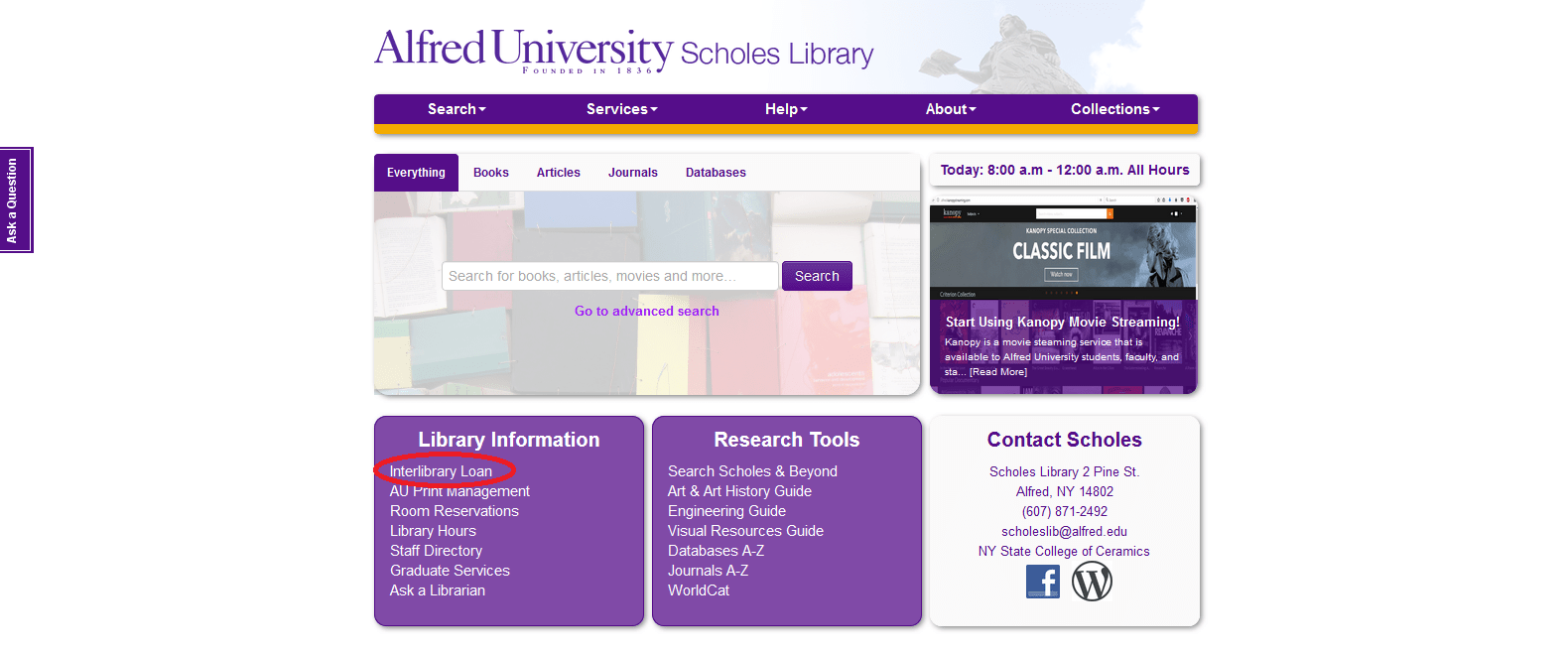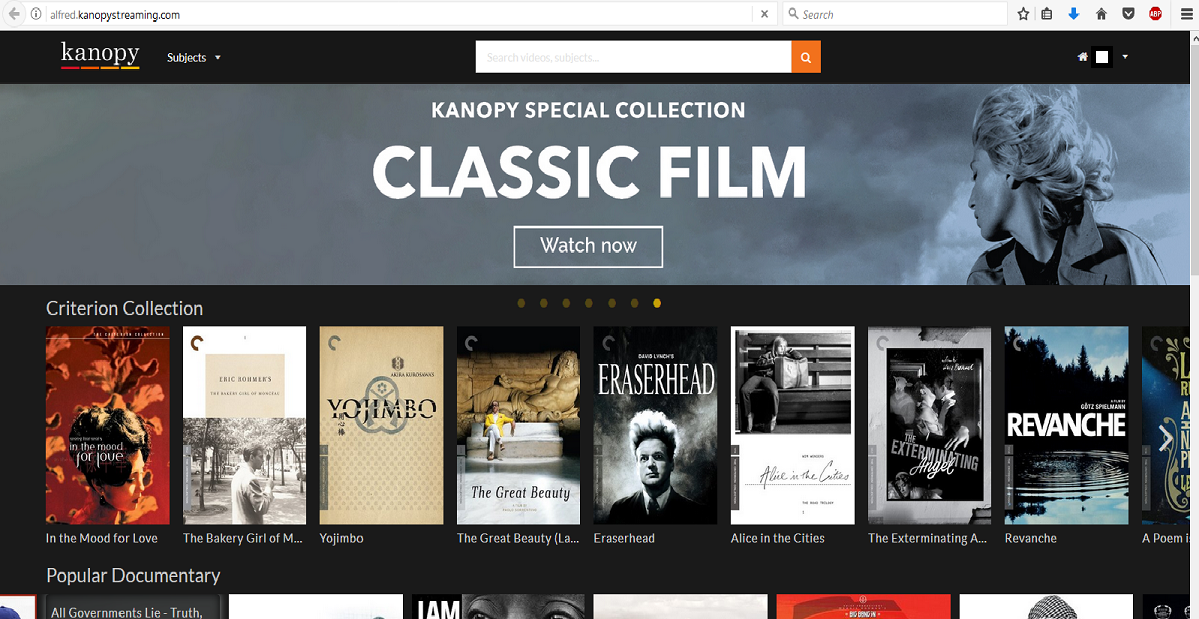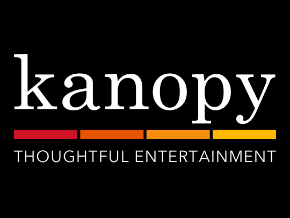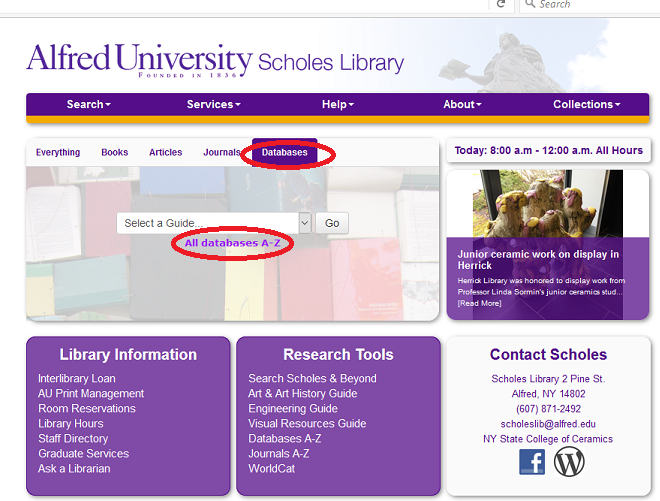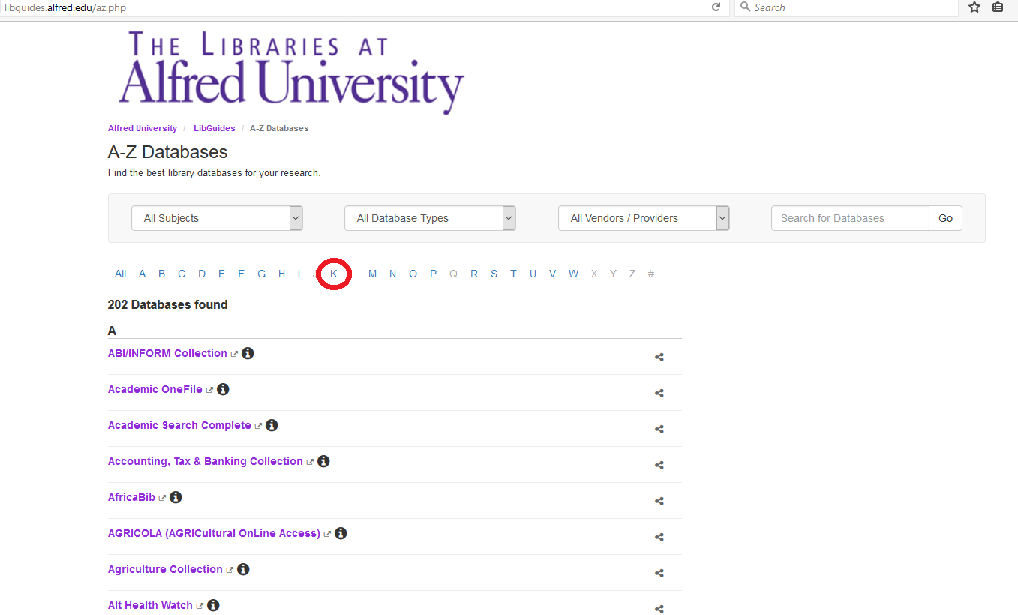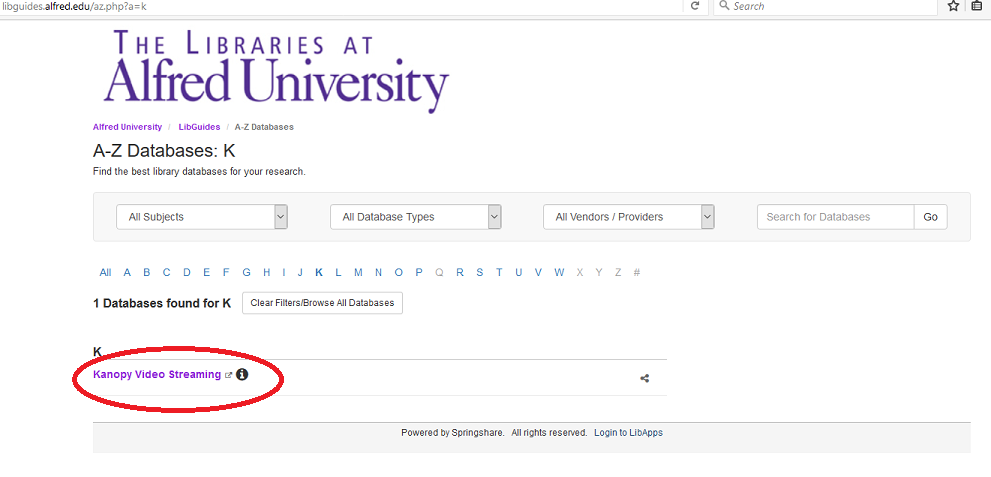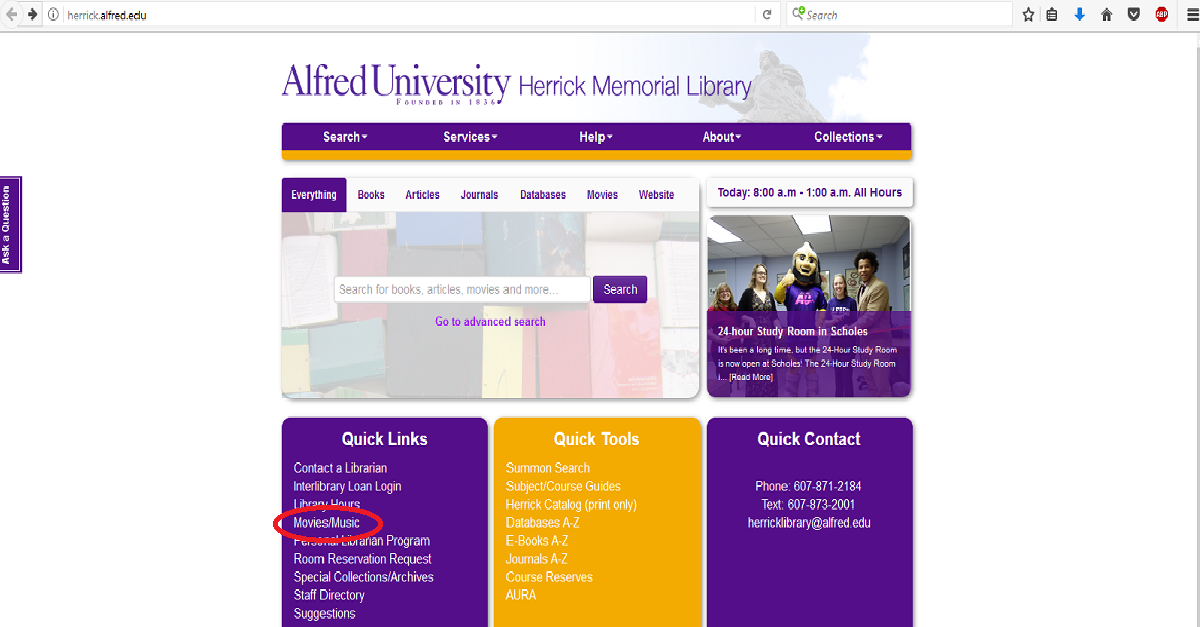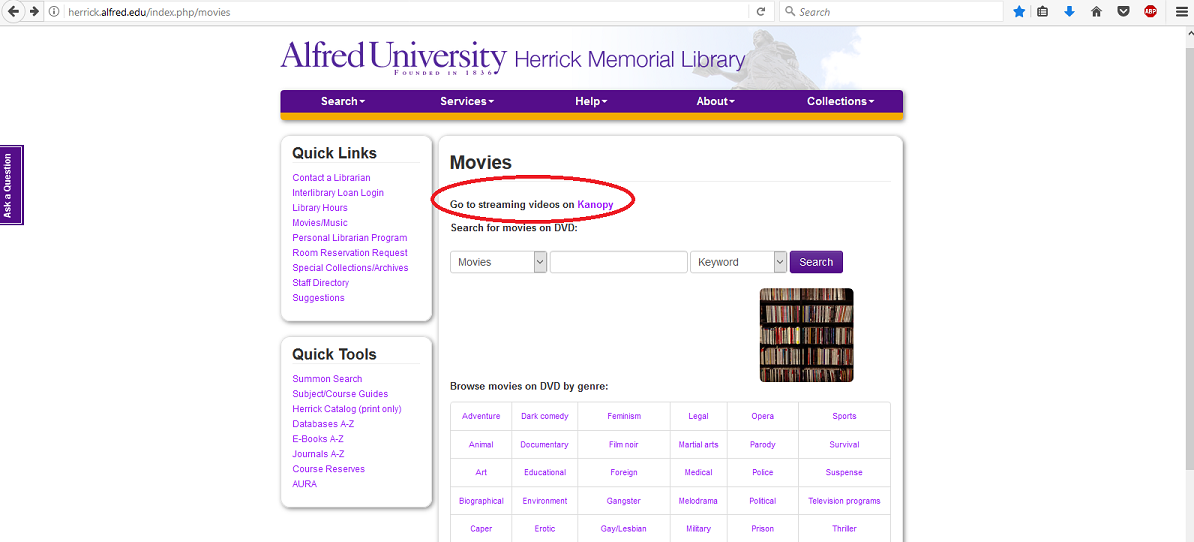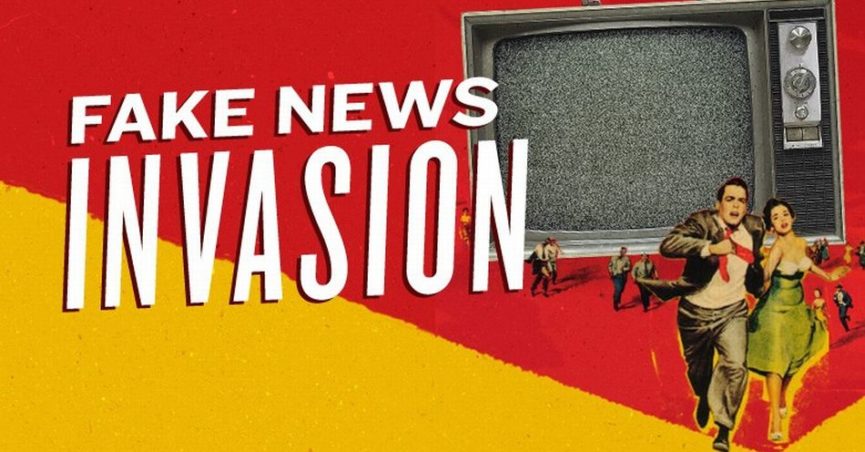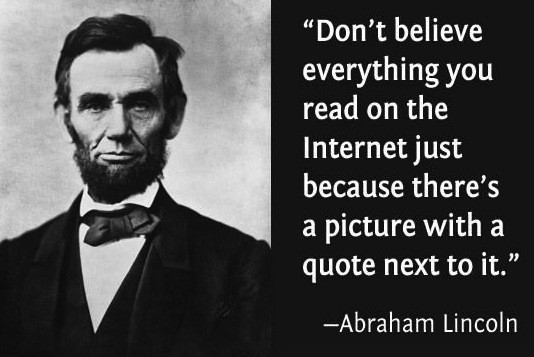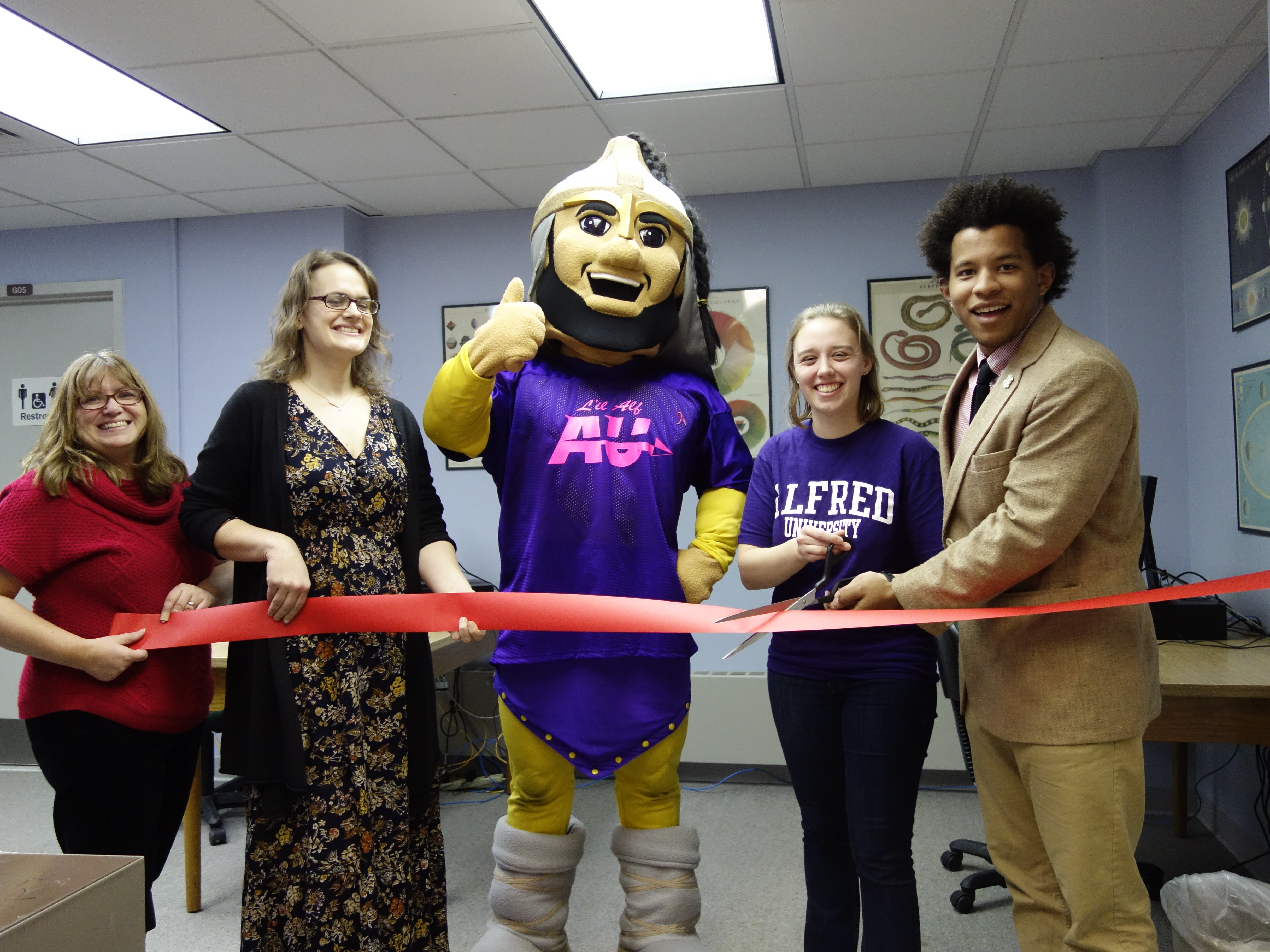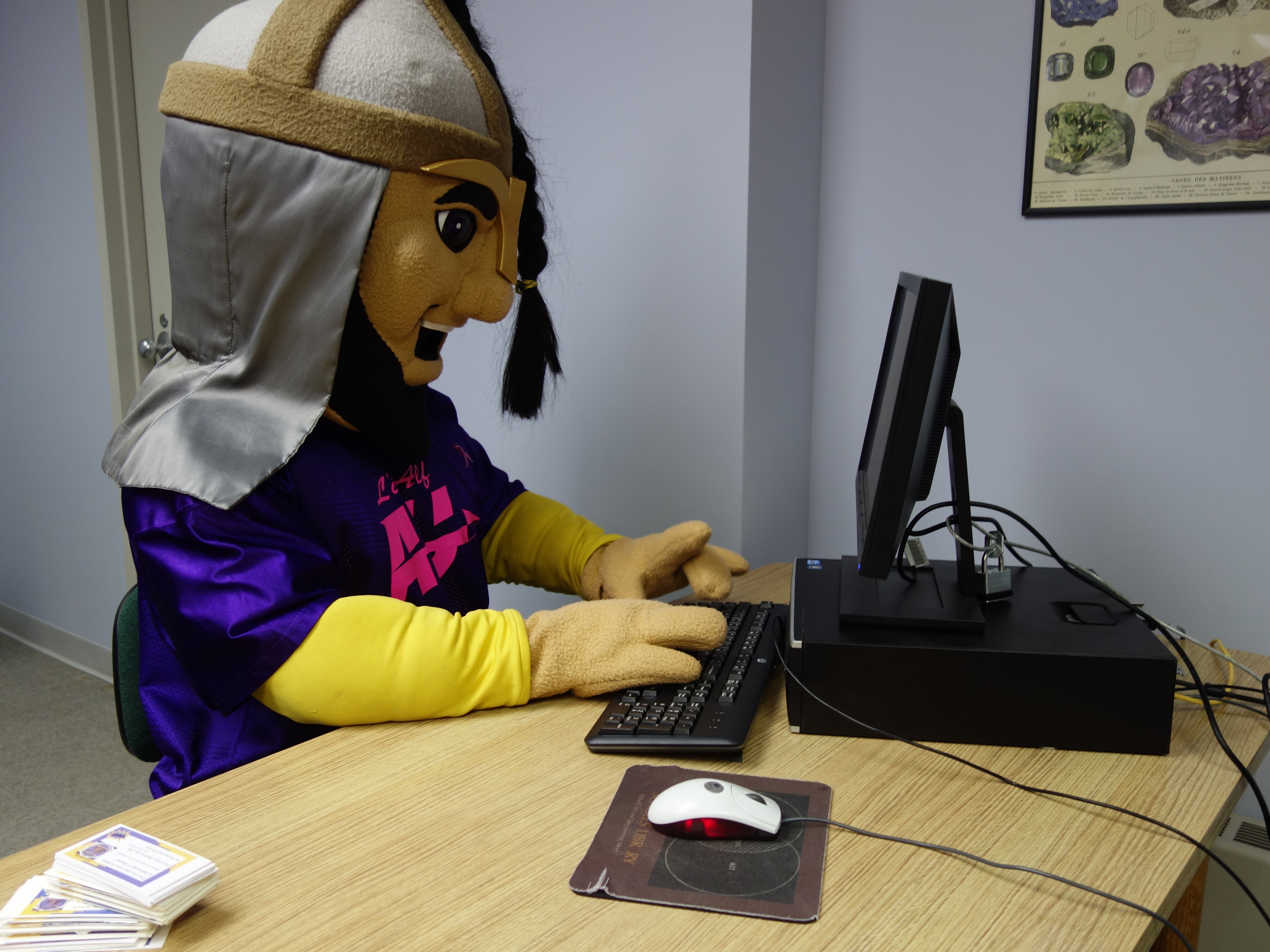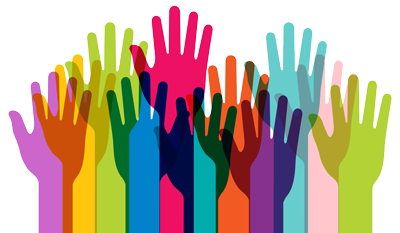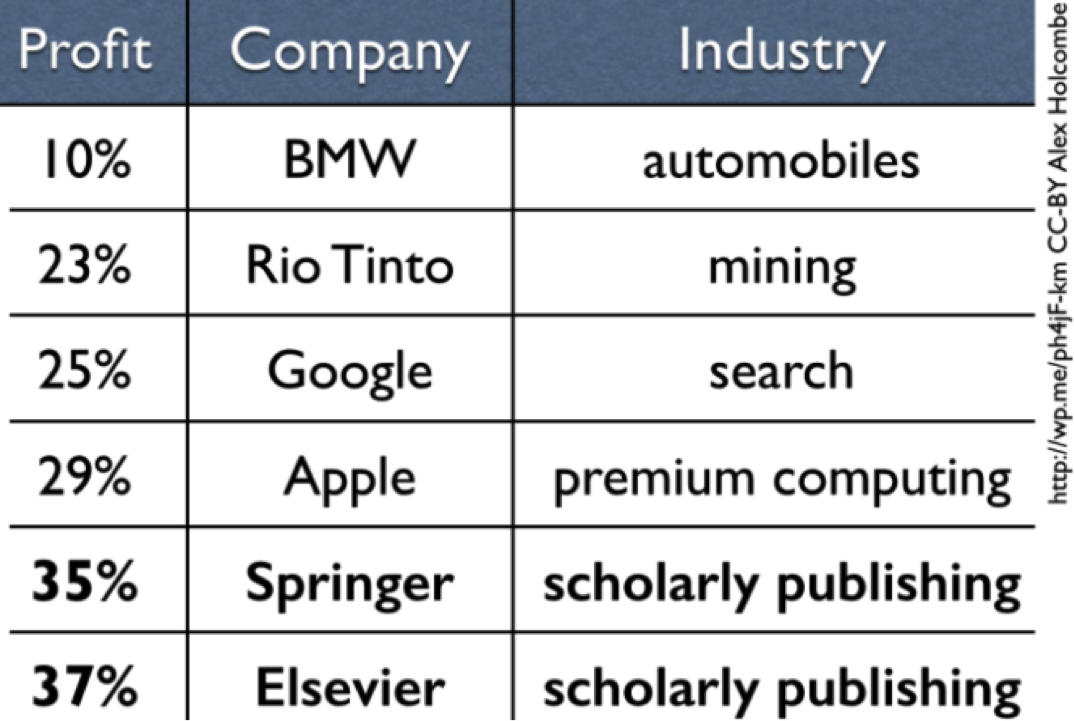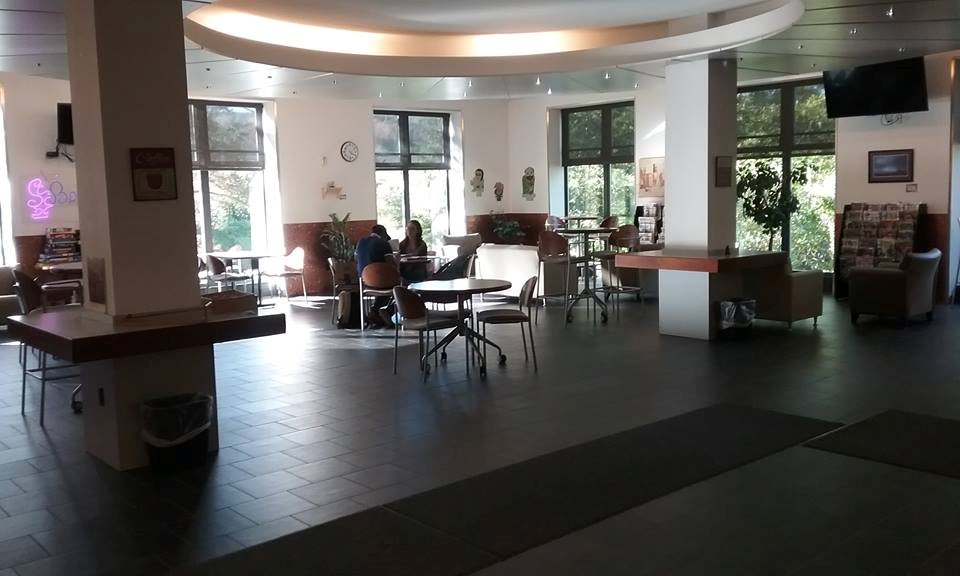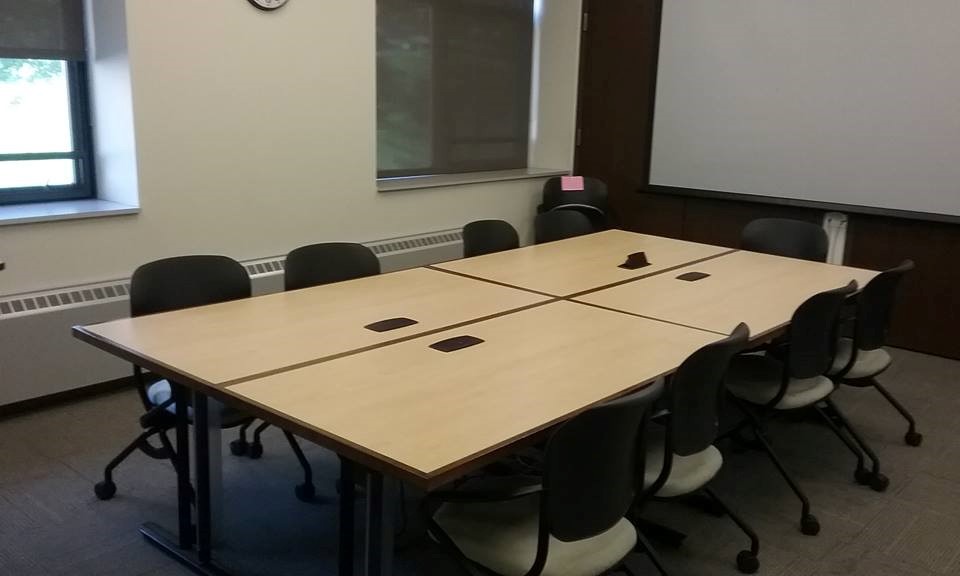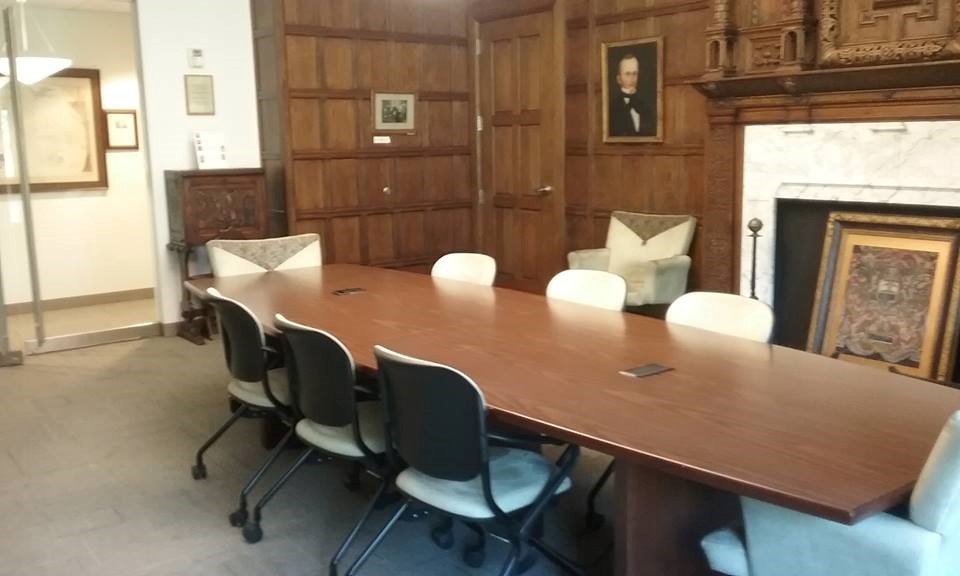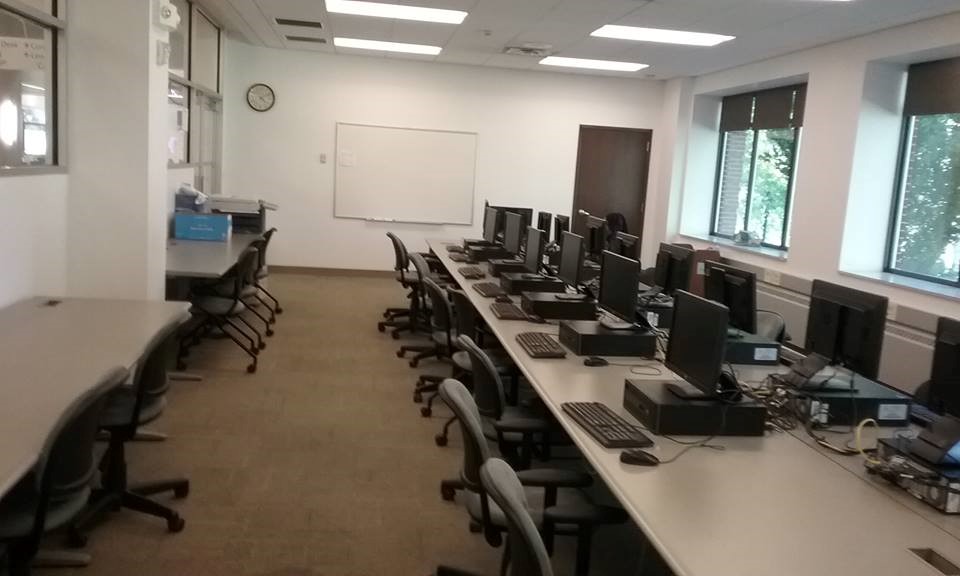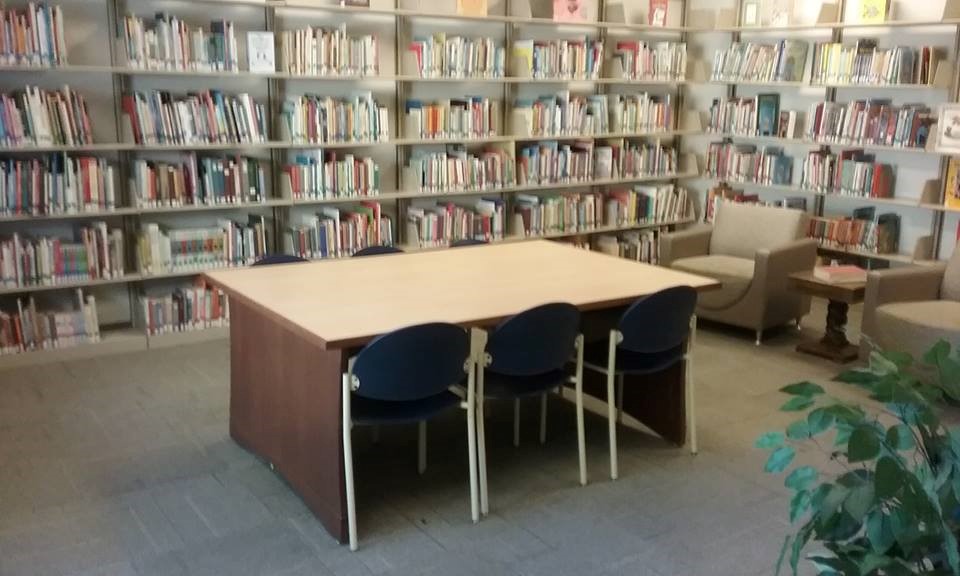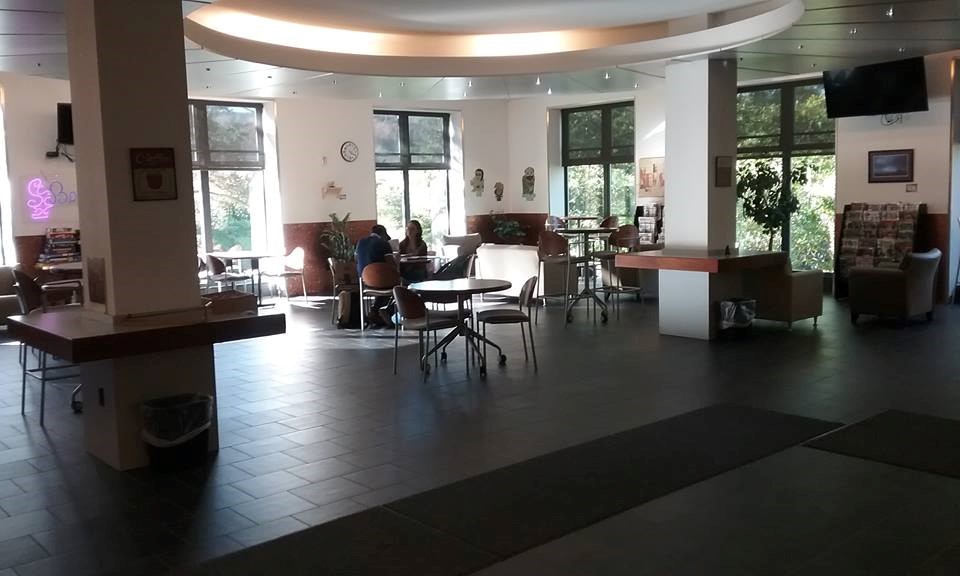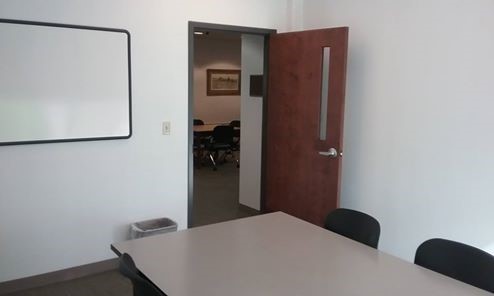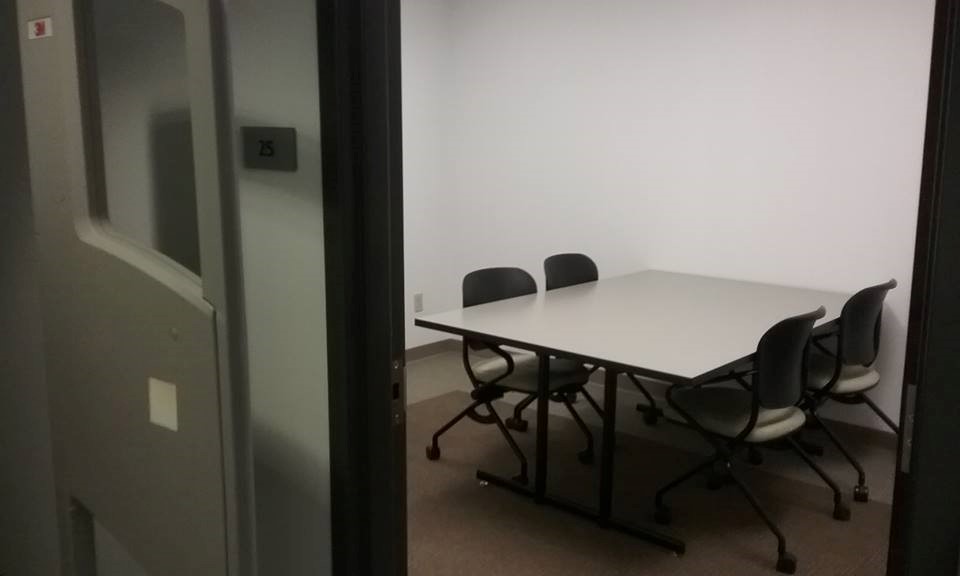A selection of personal letters to and from Charles F. Binns, the father of American studio ceramics, are now available to view online. These archived letters have recently been digitized, transcribed, and uploaded to AURA (Alfred University Research & Archives). There are currently 135 transcribed letters, with many more on the way!
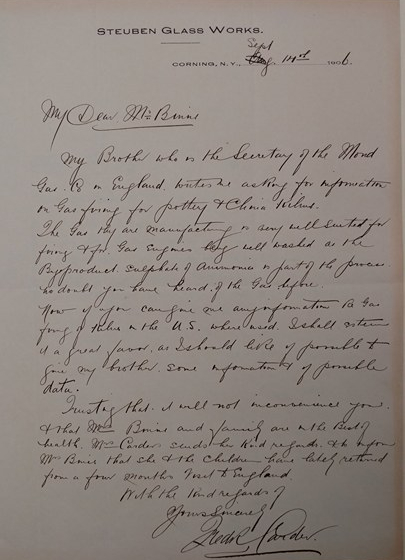
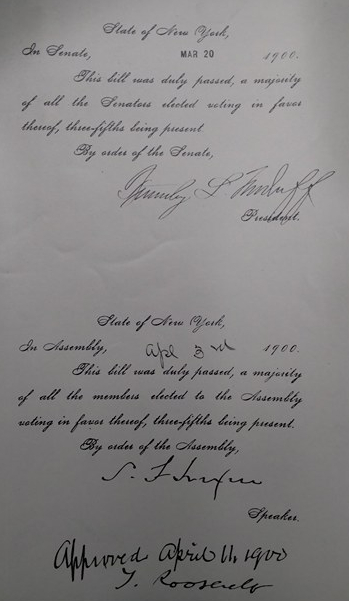
For those who may not be in the know, Charles F. Binns was an artist (potter), as well as a major influence during the Arts and Crafts movement at the turn of the century. This movement promoted the unique physical beauty and aesthetics of handmade pottery and other art pieces, as opposed to the mass produced products that were becoming widely available due to the Industrial Revolution.
Binns was also the first director of the New York State College of Clay-Working and Ceramics, which was the first school to combine ceramic art and engineering. Today it is know as The New York State College of Ceramics (NYSCC) at Alfred University. For 30 years, this was the only school to have combined the two. Additionally, Binns was one of the first to strongly promote taking a scientific approach to glaze study. Binns worked with, as well as taught, many famous artists such as Elizabeth Overbeck, Mary Chase Perry Stratton, Arthur Eugene Baggs, and R. Guy Cowan. He continued to correspond and give advice to his students well after they had graduated. This was done through letters, some of which can now be viewed through the AURA site. Binns was so well respected by his students as well as other artists that he was often consulted about techniques, clay, kilns, glazes, and general guidance. The NYSCC Archives in Scholes Library also holds correspondence between Binns and famous contemporaries such as Gustav Stickley, Frederick Carder, and Paul Gardner.
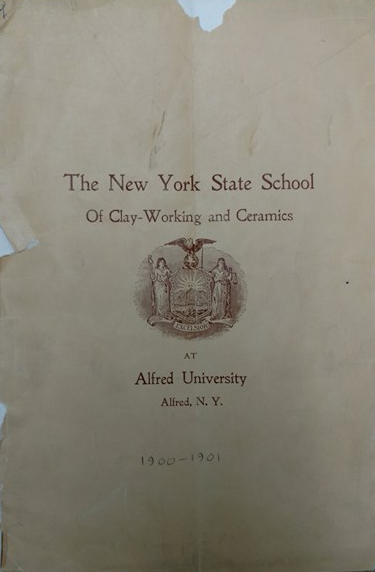
So, you are interested in finding these letters but you are unfamiliar with AURA? No problem! Here is a step by step guide on accessing the letters.
Step 1) You will find a link to AURA on the Scholes Library or Herrick Library web sites, or follow the direct link https://aura.alfred.edu.
Step 2) On AURA‘s main page enter Charles Fergus Binns in the search box.
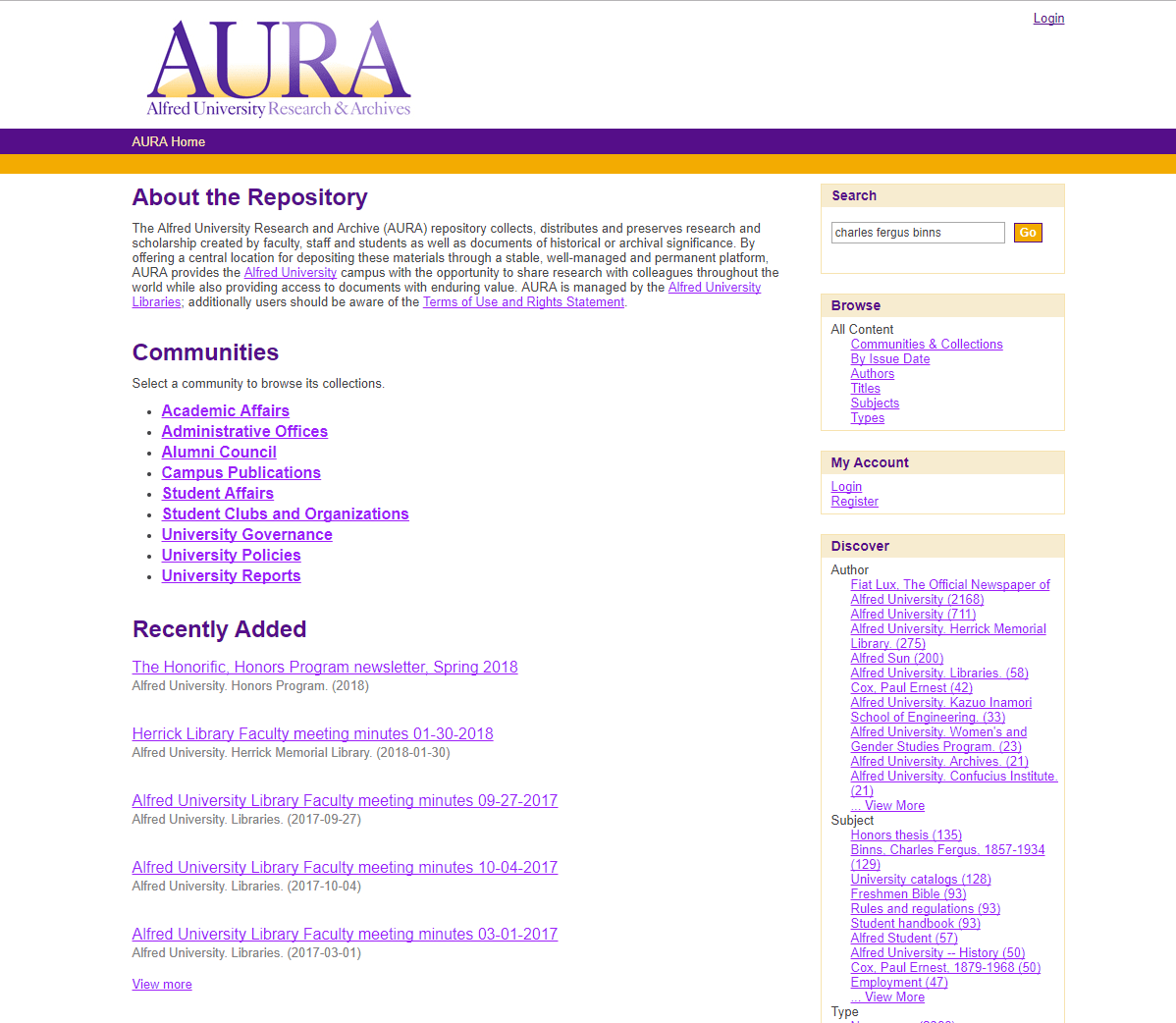
From here, you can browse everything uploaded so far!
So now you know a little more about Charles F. Binns and how important he was to Alfred University and to modern ceramics. Make sure to check AURA periodically for updates and additional letter uploads. For more information, or if you would like to visit the NYSCC Archives in Scholes Library, contact Verna Mullen, Archives Manager, at mullenvc@alfred.edu.
